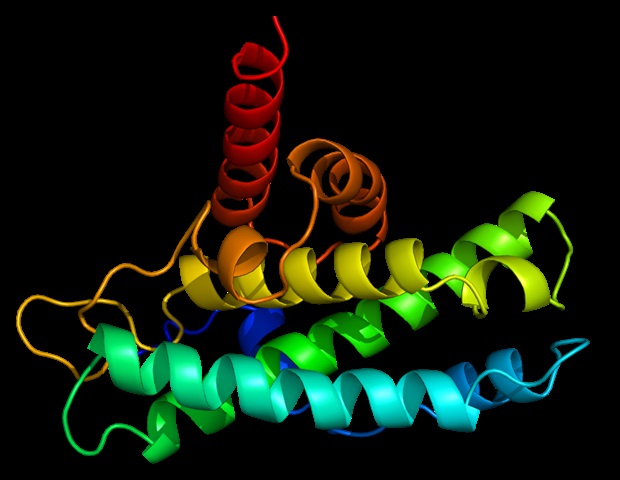An article published in the journal Cell describes a study that enabled a group of researchers to discover how SARS-CoV-2 evades the cytotoxic immune response by identifying a protein called ORF6 that is a key factor in this mechanism. The cytotoxic immune response involves T-lymphocytes that kill pathogens when they recognize cells bearing a specific antigen while sparing neighboring uninfected cells. The study was led by Wilfredo Garcia-Beltran and Julie Boucau, research scientists at the Ragon Institute of Massachusetts General Hospital (MGH), Massachusetts Institute of Technology (MIT) and Harvard University in the United States.
The first authors of the article are Marcella Cardoso, a Brazilian postdoctoral research fellow at Harvard Medical School (HMS) and MGH, and Jordan Hartmann, also of HMS. Scientists affiliated with institutions in Brazil and Germany also took part. We discovered that SARS-CoV-2 is able to evade detection by the immune system by diminishing the vestiges that point to the presence of the virus in cells.

In this process, the virus disturbs certain proteins on the surface of infected cells to inhibit interaction between them and T-lymphocytes." Marcella Cardoso, a Brazilian postdoctoral research fellow at Harvard Medical School (HMS) and MGH Defense cells known as natural killers (NKs) are fundamental to detect and combat viruses. They are part of the innate immune response, the first barrier against infection.
NKG2D, a protein expressed on the surfa.























